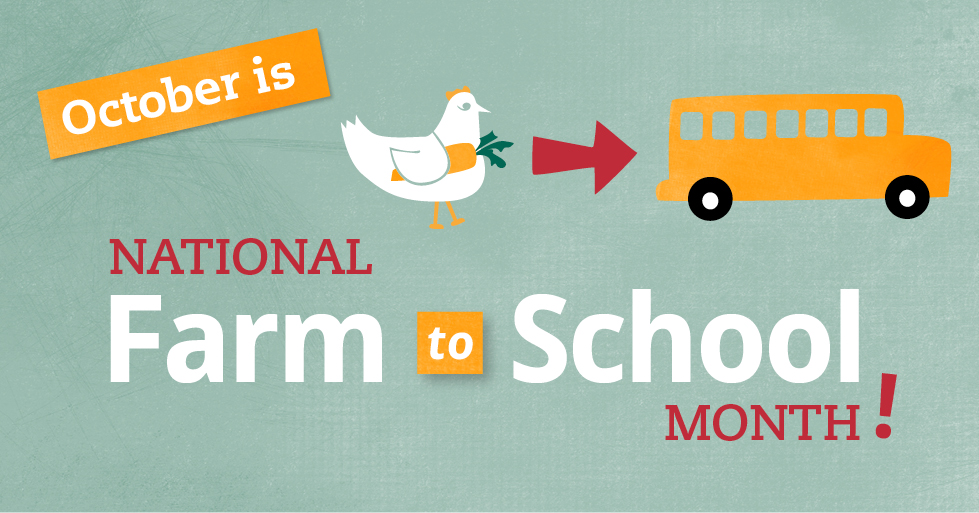Take Action: Learn about the USDA Farm to School Grant Program

Photo Courtesy: USDA Food and Nutrition Service
By Christina Conell, USDA Office of Community Food Systems
National Farm to School Month is not just a time for celebration. It’s also a time to take action. This October, USDA’s Office of Community Food Systems invites you to learn more about the USDA Farm to School Grant Program.
In 2010, the Farm to School Program was established by law to assist eligible entities – through grants and technical assistance – in implementing farm to school programs that improve access to local foods in schools. To fulfill this commitment, the United States Department of Agriculture (USDA) provides $5 million on an annual basis to support these grants.
Just in time for Farm to School Month, the fiscal year 2018 Farm to School Grant Program Request for Applications was released last week! Designed to increase the availability of local foods in schools, grants can help new farm to school programs get started or expand existing efforts. Funds support a wide range of activities from training, planning and developing partnerships to creating new menu items, establishing supply chains, offering taste tests for children, purchasing equipment, planting school gardens and organizing field trips to agricultural operations.
To date, the USDA Farm to School Grant Program has provided more than $25 million for 365 farm to school projects to increase the amount of healthy, local food in schools across all 50 states, plus the Virgin Islands, Guam, Puerto Rico and the District of Columbia.

Reaching more than 29,000 schools and approximately 13 million students in the past five years, the Farm to School Grant Program is an effective mechanism for increasing local foods in schools and creating new markets for producers. In looking at baseline and final reports from fiscal year 2015 and 2016 grantees, it’s evident that these efforts are making a difference. From the start of their grant period, grantees report increased garden activities, taste tests, farm field trips and more farm to school concepts embedded in schools’ curriculum.
Take action and learn more about the USDA Farm to School Grant Program with these resources:
- Farm to School Grant Program Request for Applications;
- Farm to School Grant Awards to date;
- Farm to School Grant Frequently Asked Questions, and
- We’re here to help! Don’t hesitate to email us at farmtoschool@fns.usda.gov.











